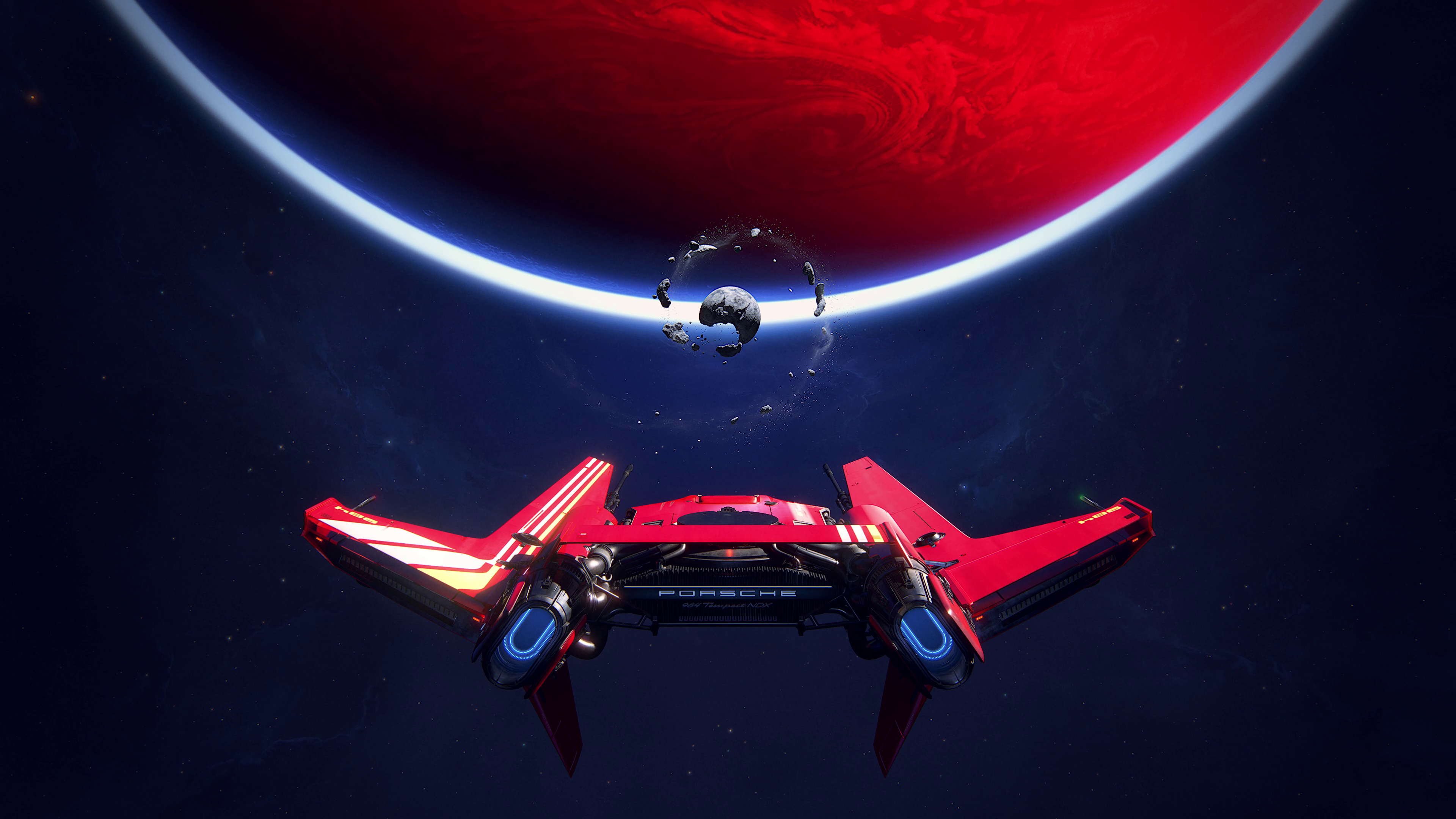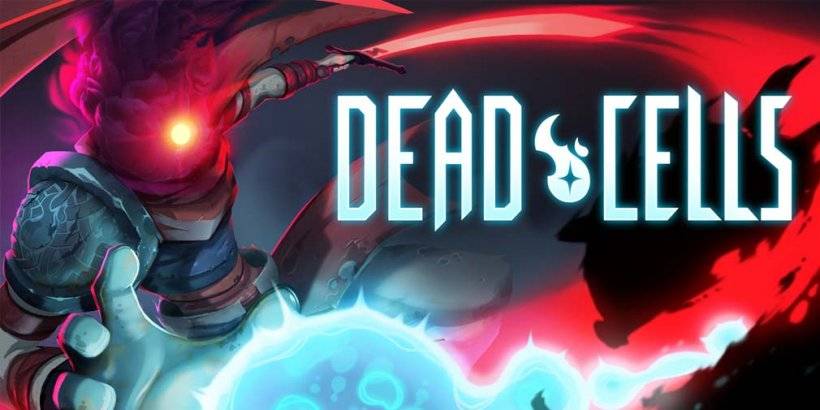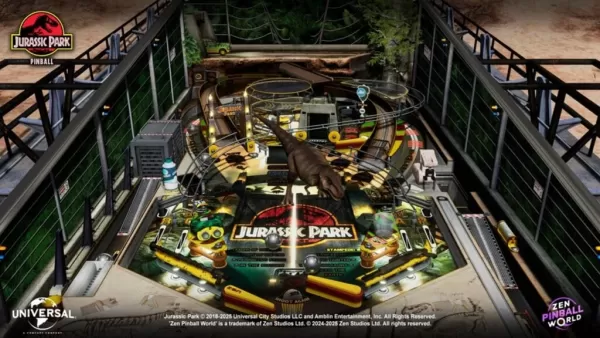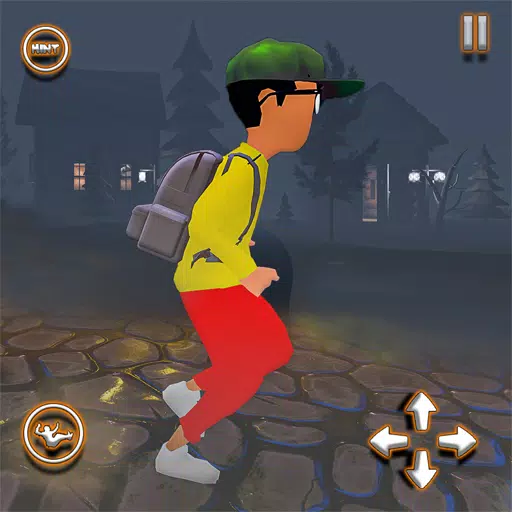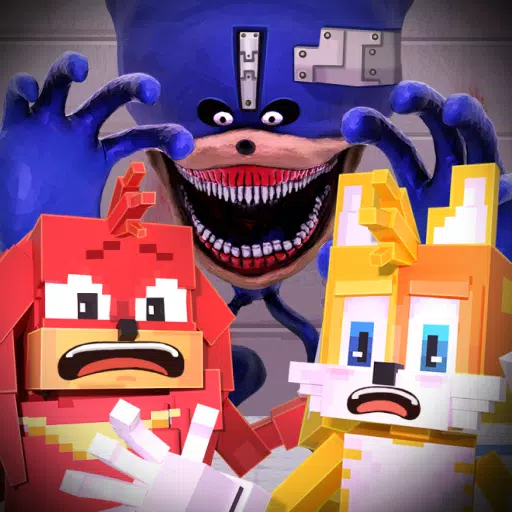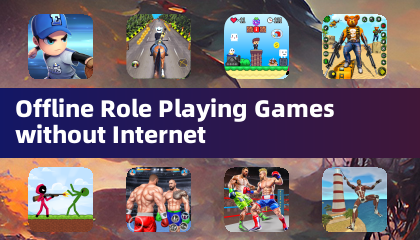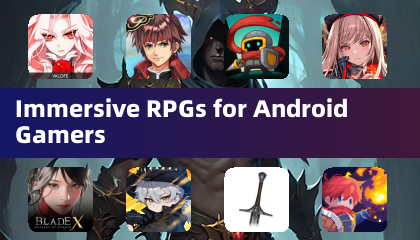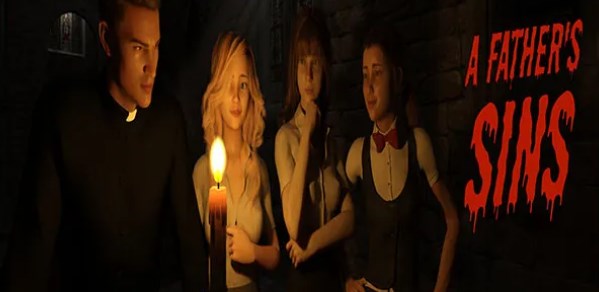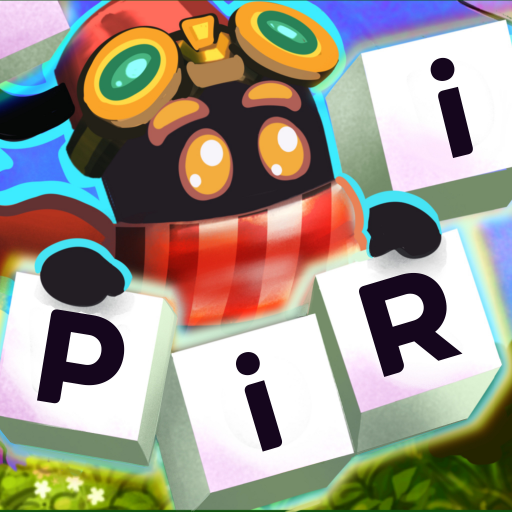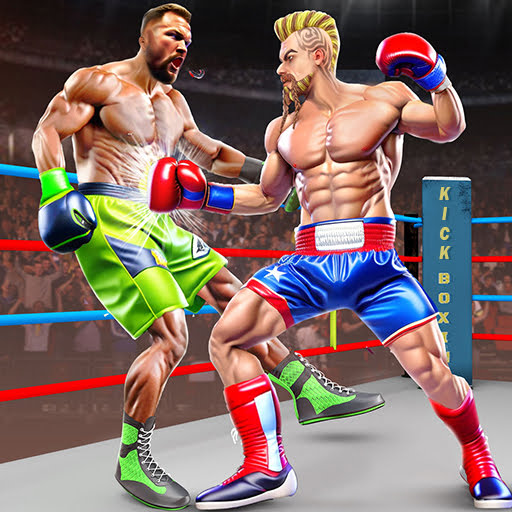Amazon Prime's animated adaptation of Robert Kirkman's Invincible has revitalized interest in the comic book series. Its blend of intense action, multifaceted characters, and morally gray storytelling quickly garnered a devoted following. However, translating such a vast and complex narrative to the screen necessitated changes, some subtle, others more pronounced. This analysis explores the key differences between the animated series and the comics, dissects the reasons behind Season 3's perceived shortcomings, and examines the impact of these adaptations on the overall narrative.
Table of Contents
- From Page to Screen: Key Differences
- Mark Grayson's Journey: Compression vs. Gradual Growth
- Supporting Cast Dynamics: Screen Time Allocations
- Antagonists: Streamlined Motivations for Pacing
- Action Sequences: Enhanced Visuals and Choreography
- Thematic Exploration: Morality and Legacy
- Season 3 Critique: Diminished Impact
- Repetitive Storylines: Familiar Ground Retread
- Cecil's Subplot: An Underutilized Opportunity
- Lackluster Action: The Missing Spark
- Slow Start: Delayed Momentum
- Balancing Adaptation and Innovation
- Why Fans Should Still Watch (Spoiler Alert!)
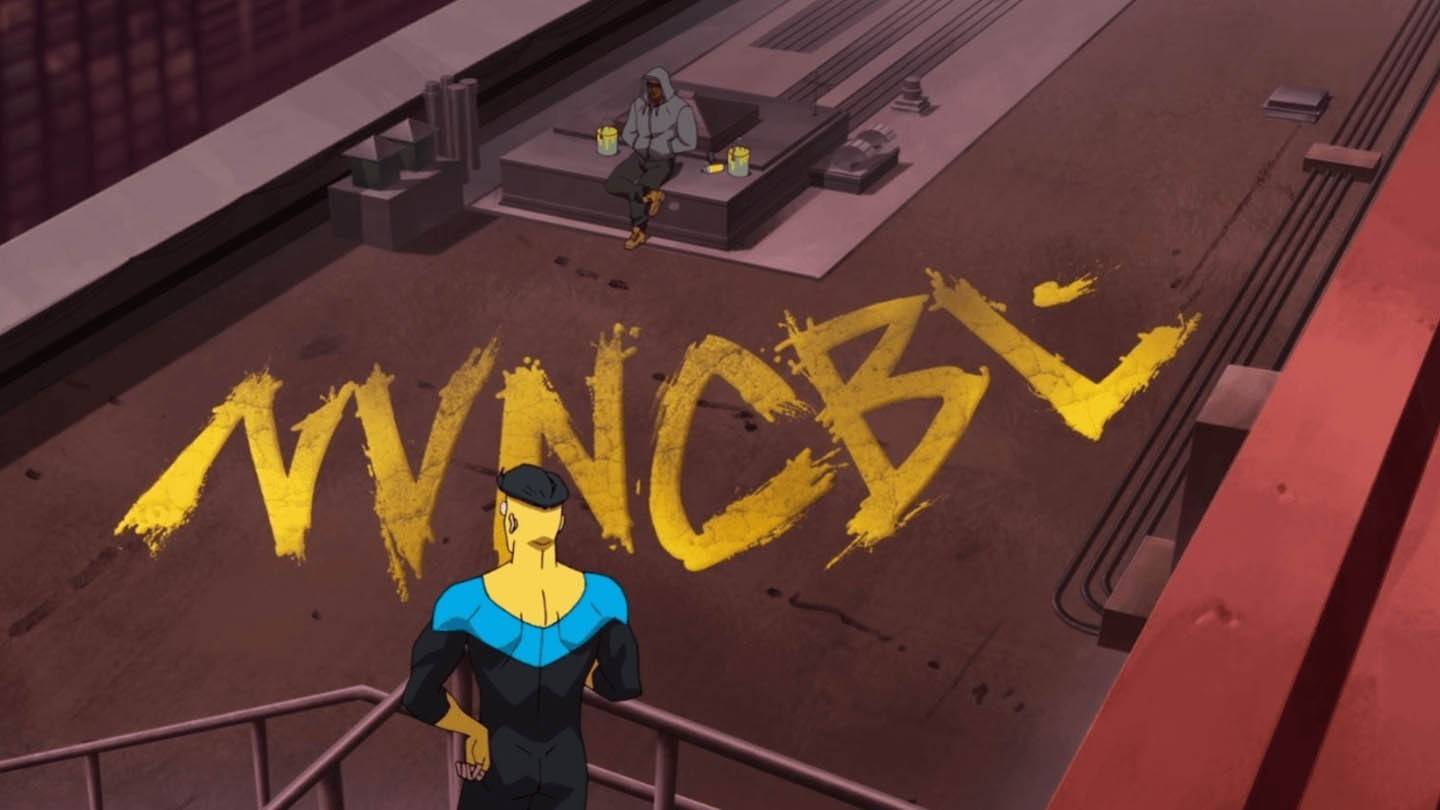 Image: amazon.com
Image: amazon.com
Mark Grayson's Journey: Accelerated vs. Gradual Development
A primary divergence lies in Mark Grayson's portrayal. The comics depict a prolonged transformation into a superhero, showcasing his gradual evolution from power discovery to grappling with the ethical dilemmas inherent in heroism. This measured approach allows for a deeper exploration of his character arc and the challenges he confronts.
The animated series, conversely, compresses Mark's journey considerably. His development is faster and more intense, injecting urgency into the plot but sacrificing some of the nuanced depth present in the comics. This maintains viewer engagement but might leave longtime fans feeling that aspects of Mark's growth were rushed or underdeveloped.
Supporting Cast Dynamics: Altered Screen Time
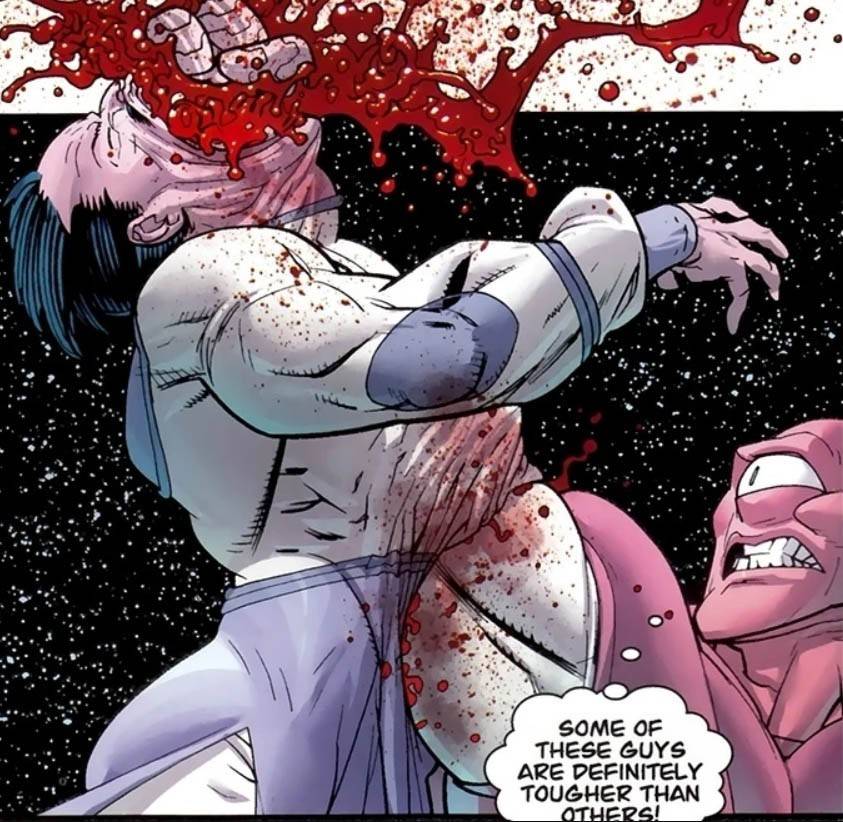 Image: amazon.com
Image: amazon.com
The supporting cast experiences significant shifts in the adaptation. Some characters gain prominence, while others are relegated to smaller roles. Allen the Alien, for example, becomes a more central figure, offering humor and insight into the broader universe. His expanded role provides levity and counterbalances the show's grim tone.
Conversely, characters like Battle Beast receive less screen time, potentially disappointing fans who appreciated their comic book presence. These adjustments reflect creative choices aimed at streamlining the narrative and broadening its appeal.
Antagonists: Simplified Motivations
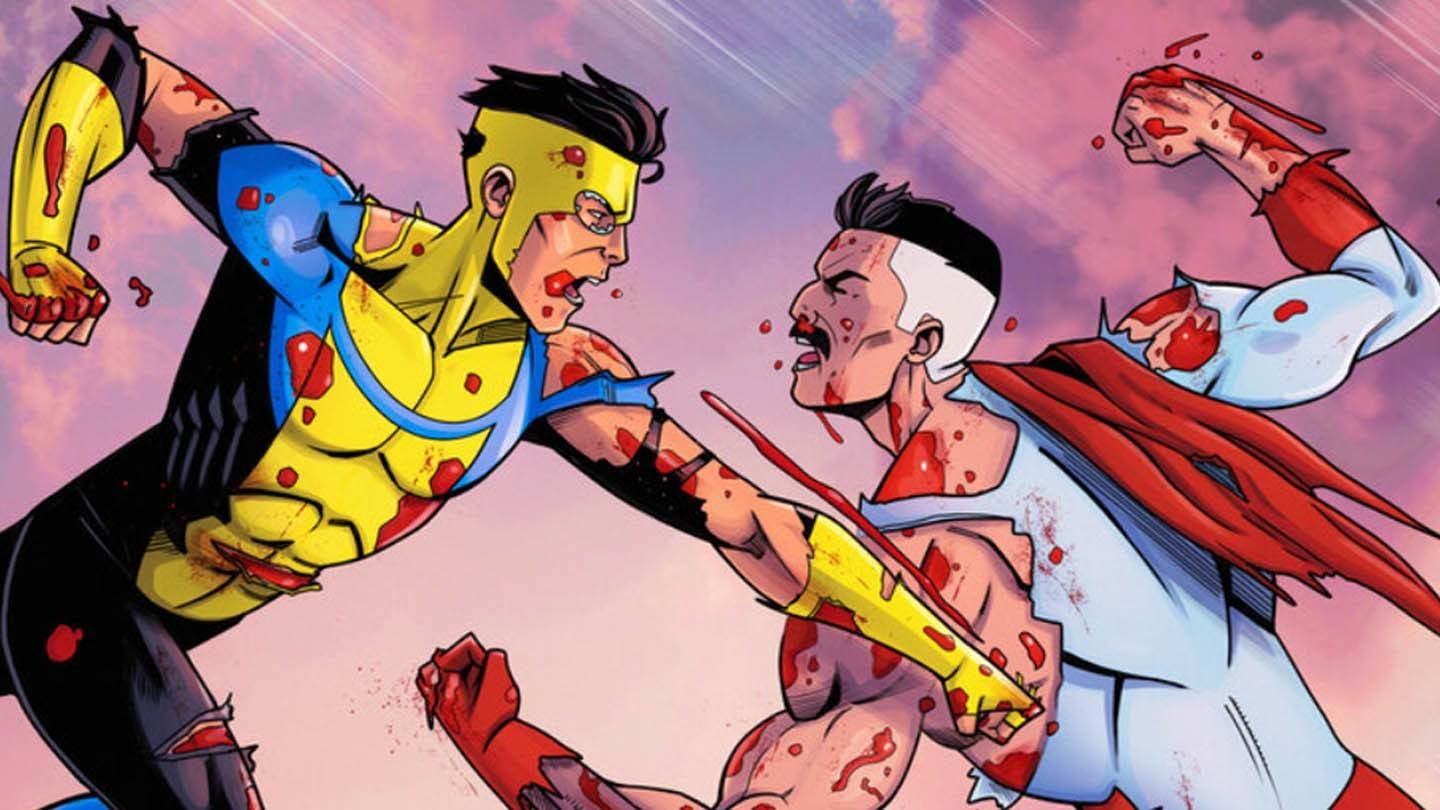 Image: amazon.com
Image: amazon.com
Villains such as Conquest and the Shadow Council receive more complex treatment in the comics, with detailed exploration of their motivations and backstories. The animated series simplifies these aspects for pacing, prioritizing high-stakes confrontations and visual spectacle. While this enhances accessibility, it risks oversimplifying the antagonists' complexity.
Omni-Man's betrayal, for instance, feels more immediate in the series than in the comics, where his descent is foreshadowed gradually. This alters the emotional impact of key moments and shifts audience perception of the villains.
Action Sequences: Enhanced Visual Spectacle
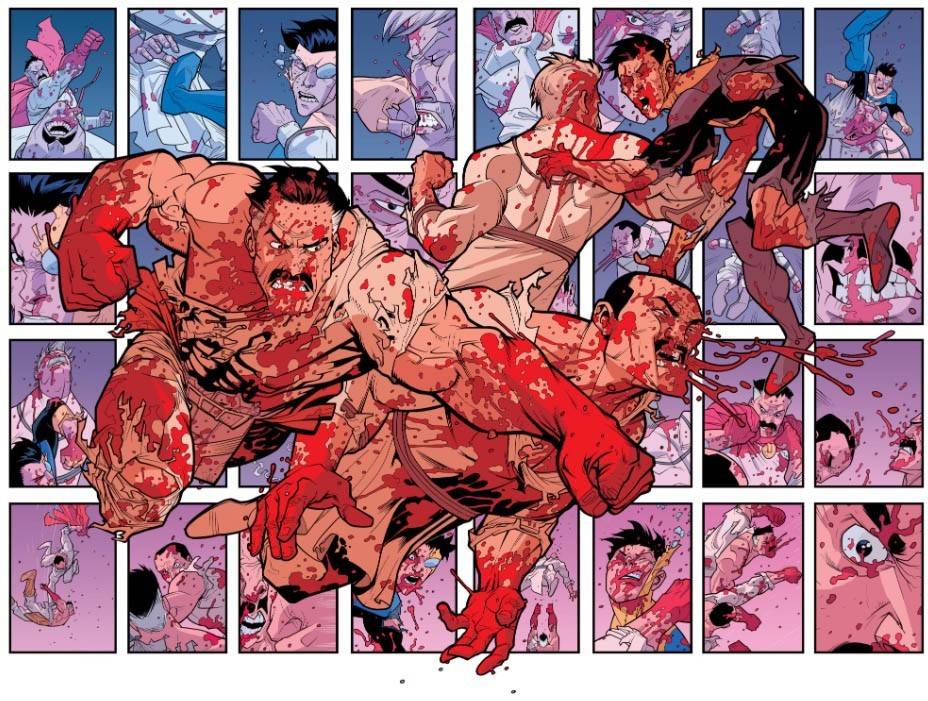 Image: amazon.com
Image: amazon.com
The animated series excels in its action sequences, utilizing animation's capabilities for dynamic choreography and special effects. Battles are visually intensified, creating a sense of scale and intensity comparable to live-action blockbusters. Showdowns with the Viltrumites or Conquest are rendered with stunning detail and creativity.
However, these enhancements sometimes diverge from the comics. Fans familiar with the source material may notice discrepancies, though these changes generally enhance the visual spectacle rather than detract from it.
Thematic Exploration: Focus on Morality and Legacy
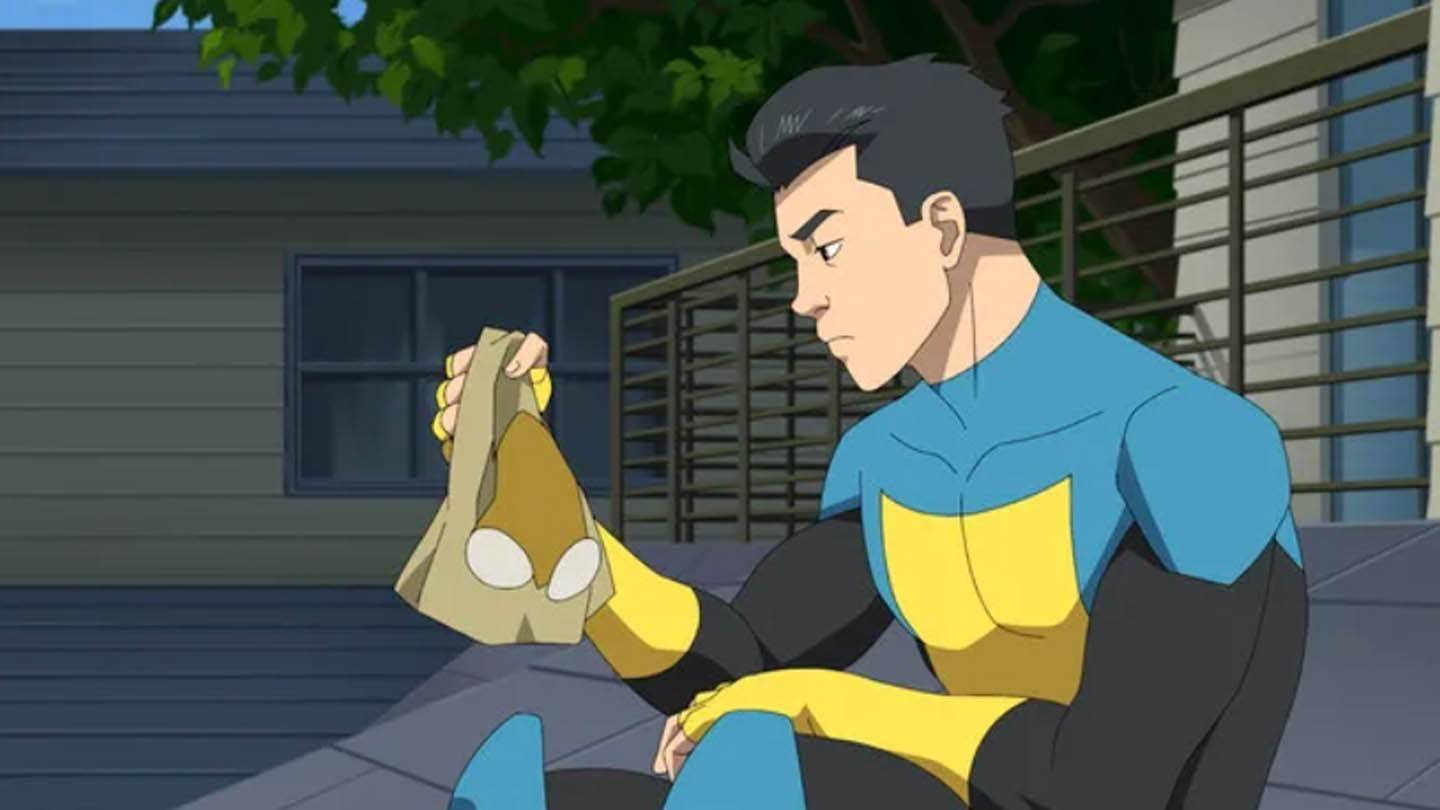 Image: amazon.com
Image: amazon.com
Thematic exploration also differs. The series emphasizes themes like morality, power, and legacy, reflecting the demands of episodic storytelling. Mark's struggle to reconcile his father's actions with his own sense of justice receives more screen time.
Other themes, such as the philosophical implications of superhuman existence, are downplayed. This ensures a focused and digestible narrative while still addressing weighty topics.
Season 3 Critique: A Diminished Impact
Despite the acclaim for the first two seasons, Season 3 left many fans feeling disappointed.
Repetitive Storylines: Familiar Themes Revisited
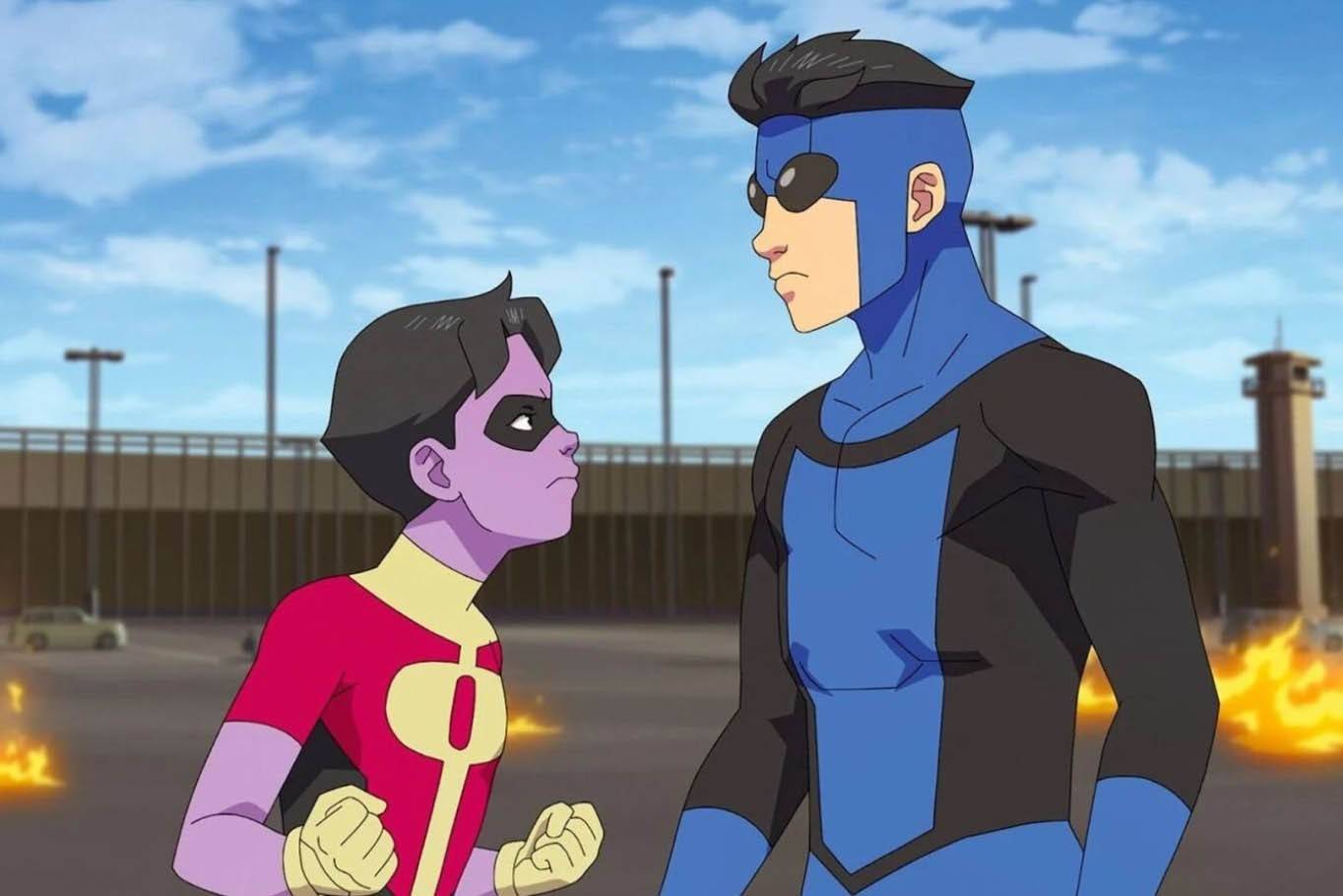 Image: amazon.com
Image: amazon.com
Season 3 is criticized for its reliance on familiar storylines and tropes. Previous seasons surprised viewers with unexpected twists, but Season 3 revisits these themes without offering much novelty. Mark's internal conflict regarding his father's legacy, for example, resurfaces, feeling redundant after similar arcs in previous seasons.
Cecil's Subplot: A Missed Opportunity
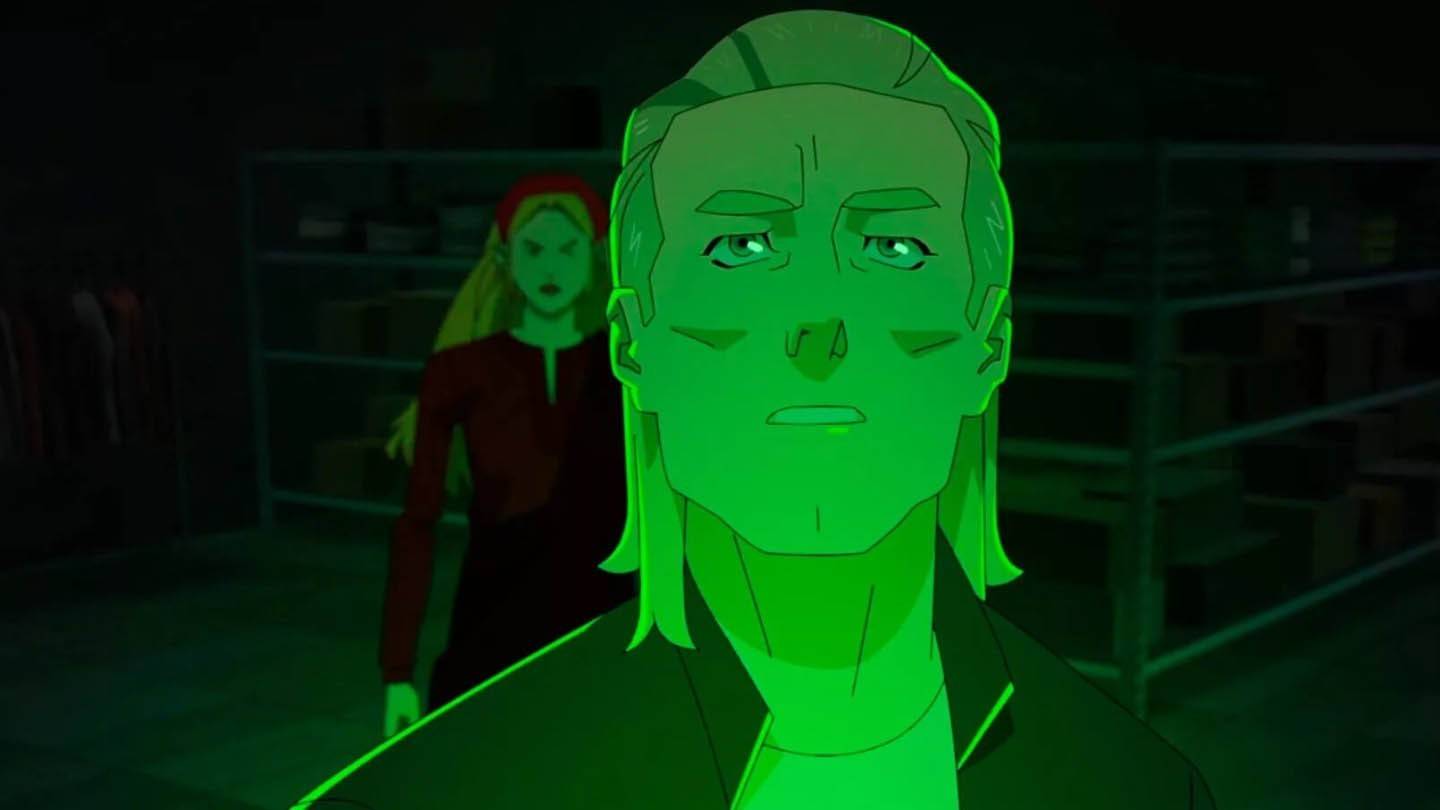 Image: amazon.com
Image: amazon.com
Cecil's subplot, involving the reprogramming of criminals, is an interesting addition but falls short due to its overly idealistic portrayal. In a morally ambiguous world, Cecil's solution feels naive, making Mark's extreme reaction seem out of place. This disconnect undermines the emotional impact and leaves the subplot unresolved.
Lackluster Action: Diminished Excitement
Even the action sequences, previously a highlight, lack the same excitement. While violence and impactful moments remain, they lack the emotional resonance of earlier seasons. Scenes that once thrilled now feel repetitive and lack genuine stakes.
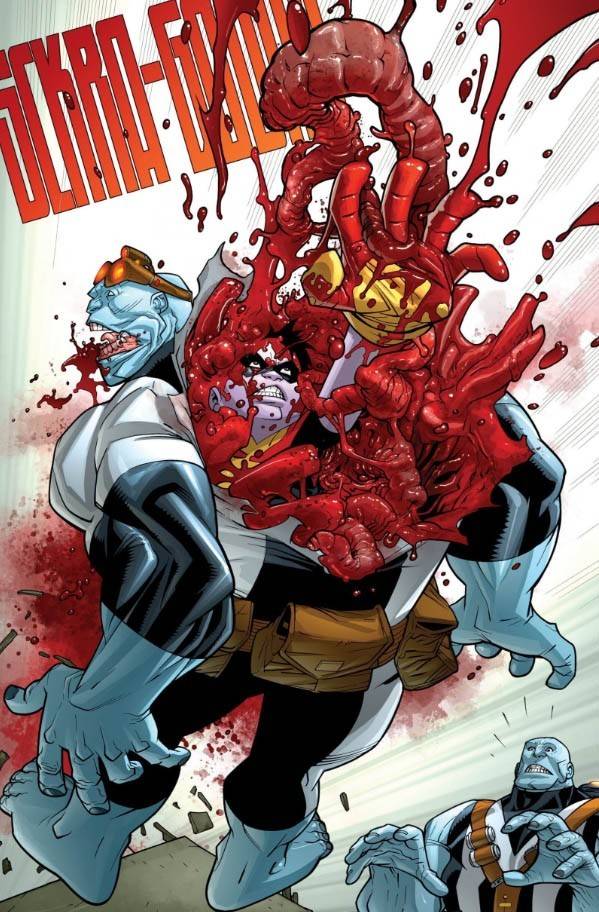 Image: amazon.com
Image: amazon.com
Slow Start: Delayed Momentum
Season 3 suffers from a slow start, introducing generic villains and uninspired threats that fail to create urgency. While the pace picks up later, this slow burn is frustrating given the show's typical fast-paced beginning. By the time momentum builds, much of the initial excitement has faded.
Balancing Adaptation and Innovation
Invincible successfully captures the spirit of the comics while adapting for television. Compressing timelines, altering character dynamics, and enhancing action sequences create a unique viewing experience. However, Season 3 highlights the challenge of maintaining this balance. Over-reliance on familiar tropes or prioritizing spectacle over depth risks losing the original material's essence. Future seasons must innovate and surprise to maintain audience engagement.
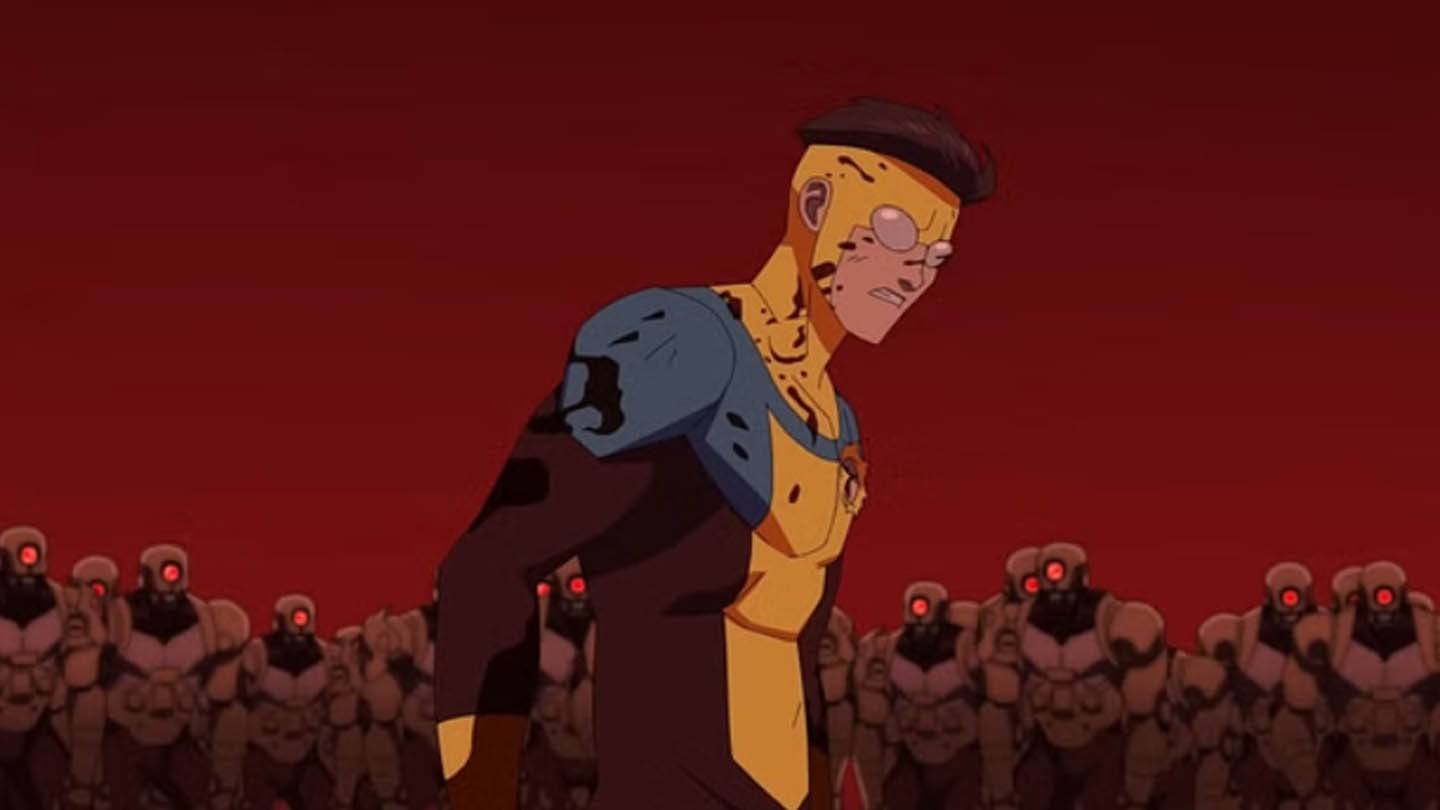 Image: amazon.com
Image: amazon.com
Why Fans Should Still Watch (Spoiler Alert!)
Despite its flaws, Invincible remains visually impressive and engaging. Its intense action, compelling characters, and thought-provoking themes continue to captivate. For invested viewers, there's reason to continue watching. However, don't expect the same level of excitement as the first two seasons. The series' spark seems to have dimmed, resulting in a solid but ultimately less spectacular continuation. The hope remains that future episodes will recapture the magic. But can they overcome the challenge of adapting a complete, impactful source material? Only time will tell.
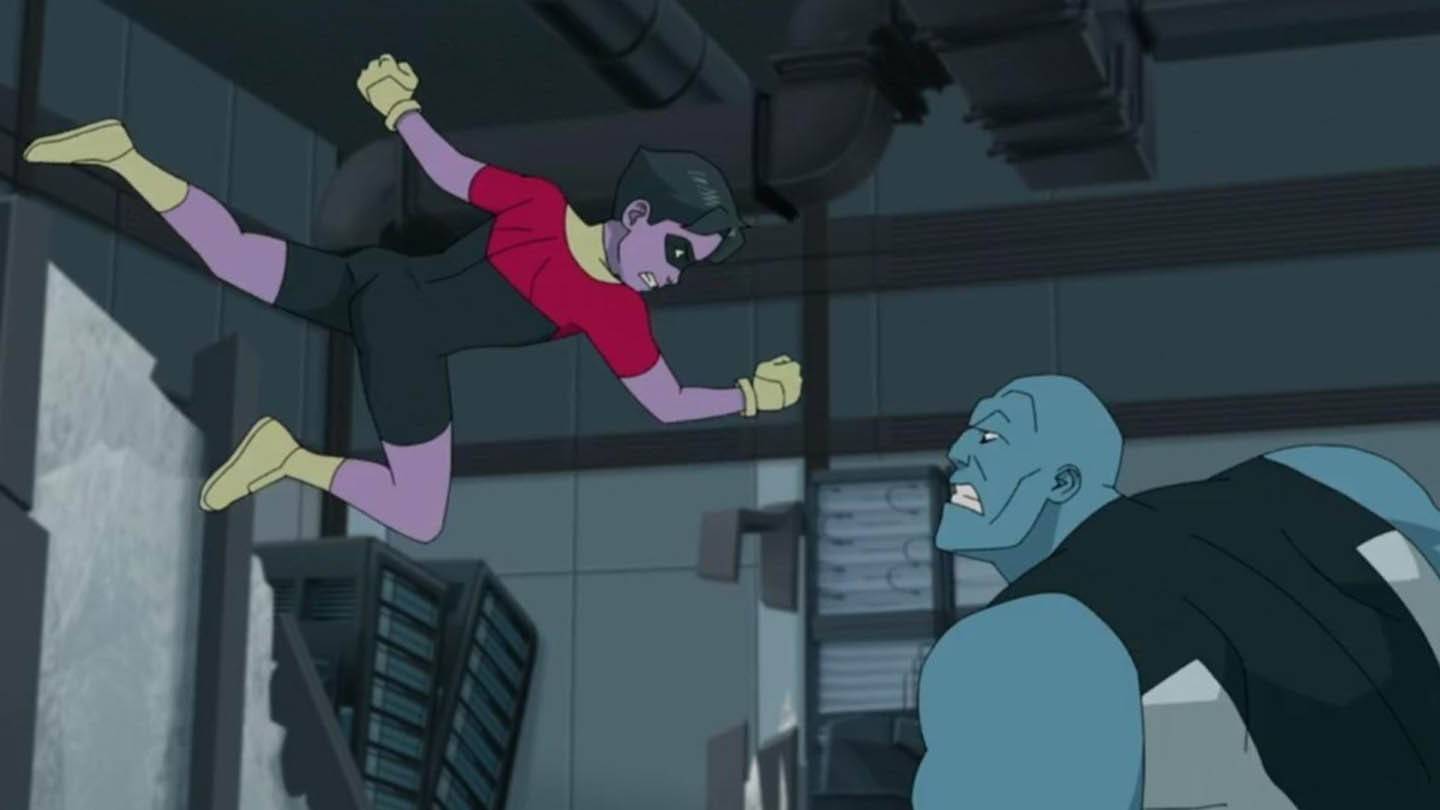 Image: amazon.com
Image: amazon.com

